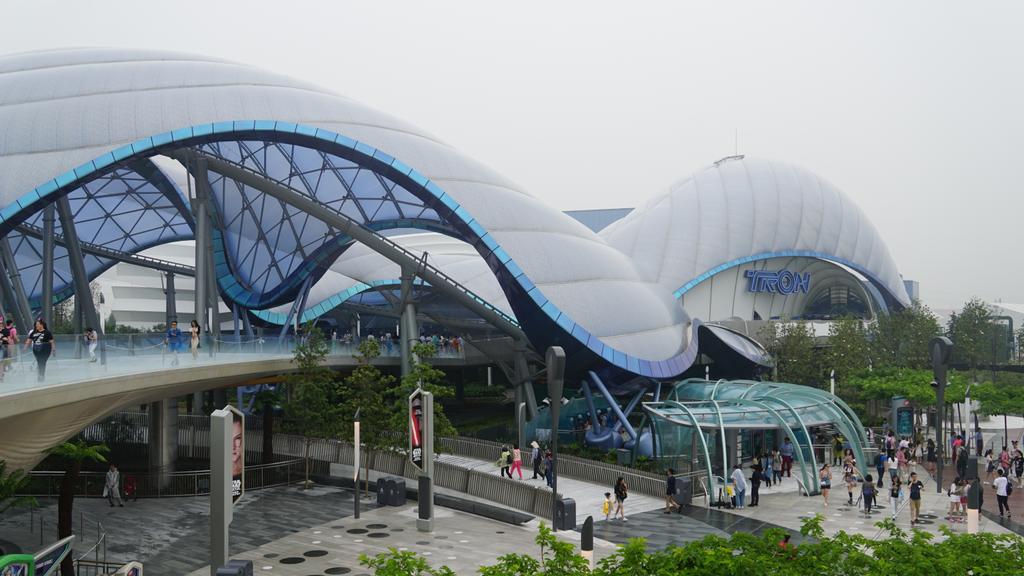The strategy behind the exterior detailing of old buildings did indeed have some inherent function, usually to do with protecting building openings and to help drain water appropriately. Some of those features were rendered useless as technology and construction changed, but I actually do think we need to bring some of those details back in a way that is integrated and for their appropriate use - and I do think this will begin to happen again.
While we would agree on a great deal in terms of your above statement, I have the impression you're a little more attached to utilitarianism in design than I am.
I would use an imperfect example in fashion of where I think function has migrated to style, even if the function is largely lost.
Men's suits. A suit today, much like one of a century earlier often features a neck tie, a pocket square and cuff links.
The original purpose of the first was as a napkin when eating, that could be concealed in one's vest and under one's jacket.
The tie has not had such a purpose in over a hundred years, since restaurants made serviettes a thing. (there are other stated purposes of the tie historically, none of which apply today)
The pocket square's function was that of facial tissue; and has likewise been usurped.
Cuff links still have a value if your jacket sleeves and shirt sleeves are too long or mismatched; but people routinely wear them for their stylistic flourish more than their utilitarian need.
I see the value in style for its own sake. I also see the value in making the useful stylish. I'm sure you do as well, but I might seem to place a greater premium on that.
The other things you are describing - floor treatments, types of glazing, and small details/flourishes - none of that needs to be historical references to exist, and I am advocating for them as much as you are. Plenty of contemporary projects and architects are famous for their rich material choices and detailing. So to suggest that detailing has been lost is entirely false. Details have changed, but many contemporary firms around the world employ stunning details in their work. It just doesn't look like the types of details we once used because those have evolved with function, technology, structure, and the way buildings are assembled.
I didn't mean to imply that quality doesn't exist today. Indeed, I pointed out the relative ubiquity of stone counter tops and hardwood floors.
Nor am I suggesting there aren't architects or developers with a sense of aspiration today; anymore than I would suggest that every building that went up before 1930 was a masterpiece (far from it)
Rather, I'm speaking both of where the median value is in such things; and also of the value the resident/employee/passerby places on a building.
To be overly simplistic, when one walks into University College, or Trinity or Vic on the U of T St. George campus one is taken by the level of detail and by the architectural ambition of the buildings.
The opinion of the vast majority of people would be that every effort be made to preserve these buildings in perpetuity.
You'd be hard pressed to find an academic building on the same campus, built after 1950 that inspires the same devotion.
Buildings that are now 70 years of age simply don't inspire their occupants or passersby in the same way.
They seem infinitely more replaceable, quite probably with something better.
Some here who appreciate architecture might defend brutalism as a style. It certainly was original and of a time. But like the majority I can't stand most iterations of it; and most people would oppose a historical designation to protect a building of this style.
My point would simply be, that outside of architectural fetishists who may find things to love the average person would not; there are too few buildings that make one stand back and appreciate them.
Yes, there are such buildings, but not enough; and the median level of design has slipped too much.
Coincidentally, some of the things being asked for here - good glazing, the use of brick and masonry, and great detailing - are being done very successfully by contemporary firms like Shim-Sutcliffe, Hariri Pontarini and aA in their work, and those are all firms that would never touch the faux-historical aesthetic. (HPA uses arches, but those have a more recent tradition that is divorced from their historical use). Firms like Shim-Sutcliffe (incredible detailers; in their own league in Toronto), HPA and aA forego creating crappy/half-rate attempts at remaking historical details in favour of creating well-resolved and beautiful contemporary ones.
I don't disagree that the firms mentioned above have done some very good work. Though i would offer than some of it is too forgettable.
I certainly don't want to see an era of mediocre copies of buildings from an earlier time.
But neither would I rule out bringing design elements from earlier periods forwards in time merely because they've seen earlier use.
